Product development is an engineering-first industry. With this in mind, it’s no surprise that almost every team has software engineers, and that’s reasonably not working out very well because engineers need to refer to a High-Fidelity Prototype to build the solution. But what are the roles that will validate the prototype is High-Fidelity, the roles every lean team should have filled.
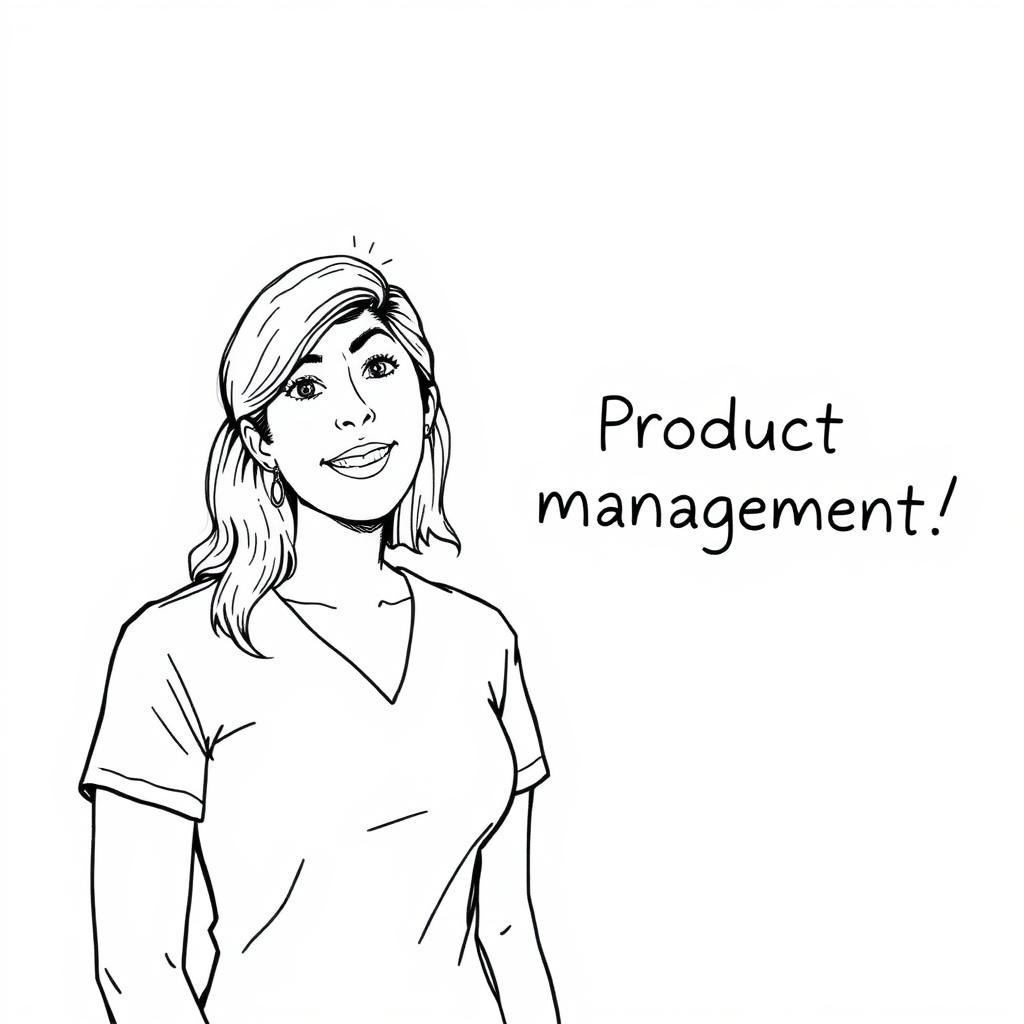
The Product Management Role
Product management is a vital role. It’s one of the roles that can’t be outsourced. Every product begins as an idea. The product manager evaluates the idea with an opportunity assessment and gives a recommendation to go or not to go.
When the team chooses to go, it starts the Product Discovery. This is a creative process, it usually takes about a month. During this time, the product manager works closely with an Interaction Designer to define the persona (avatar) of the target users, of which there can be more than one.
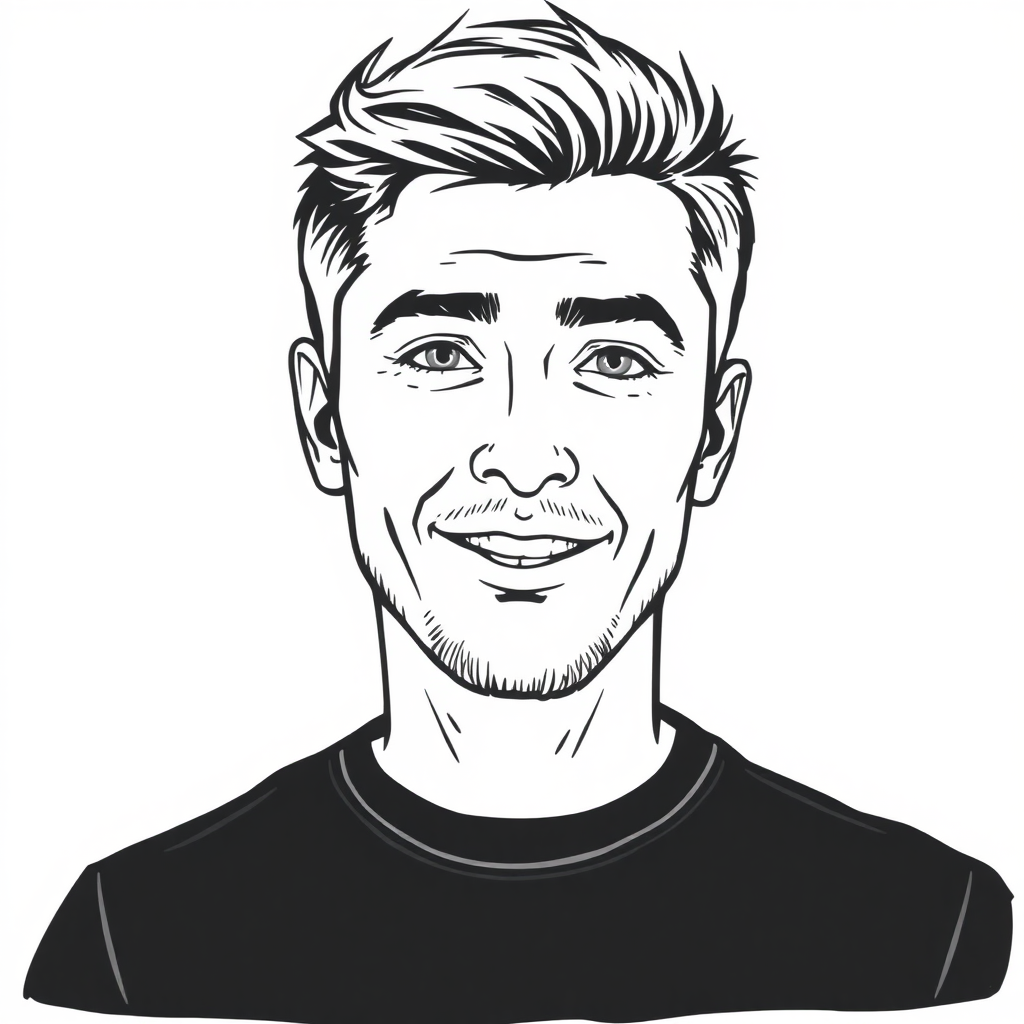
The Interaction Design Role
The Interaction Designer creates the wireframes. The product manager passes them the product requirements that the interaction designer translates and passes to the Visual Designer.
This role can’t be outsourced too. It takes time for the Interaction designer to develop understanding of the target user needs, therefore they should be on the team from the outset of the Product Discovery. It’s important to note that one Interaction Designer can support two Product Managers at the same time.
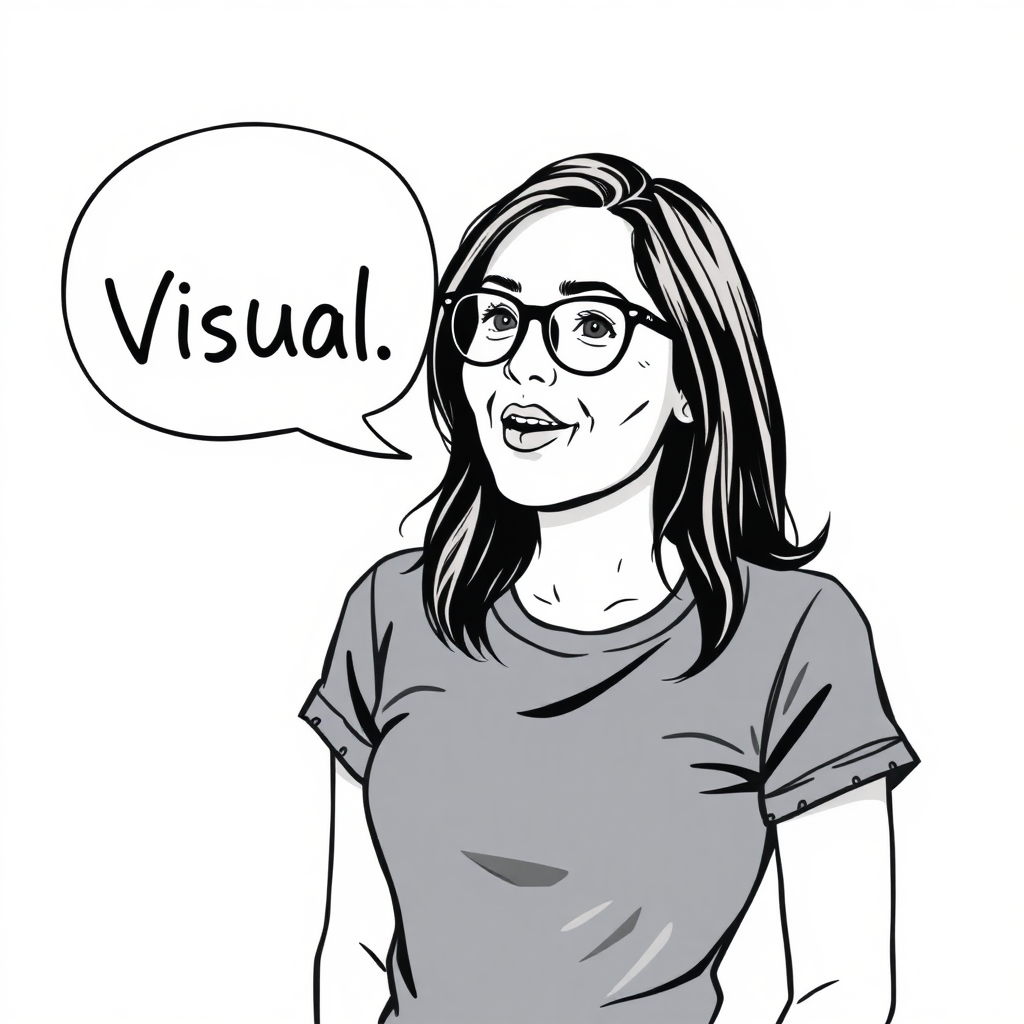
The Visual Design Role
The Visual Design role turns the wireframes into task flows and user flows. The Interaction Designer can take on that role. It can also be filled by another member of the team, or even outsourced.
The Visual Design decides what colours, font and style to use. The intention is to choose a combination that evokes a particular emotion in the target users. That’s a significant but over-looked task by most teams. One Visual Designer can support four Interaction Designers.
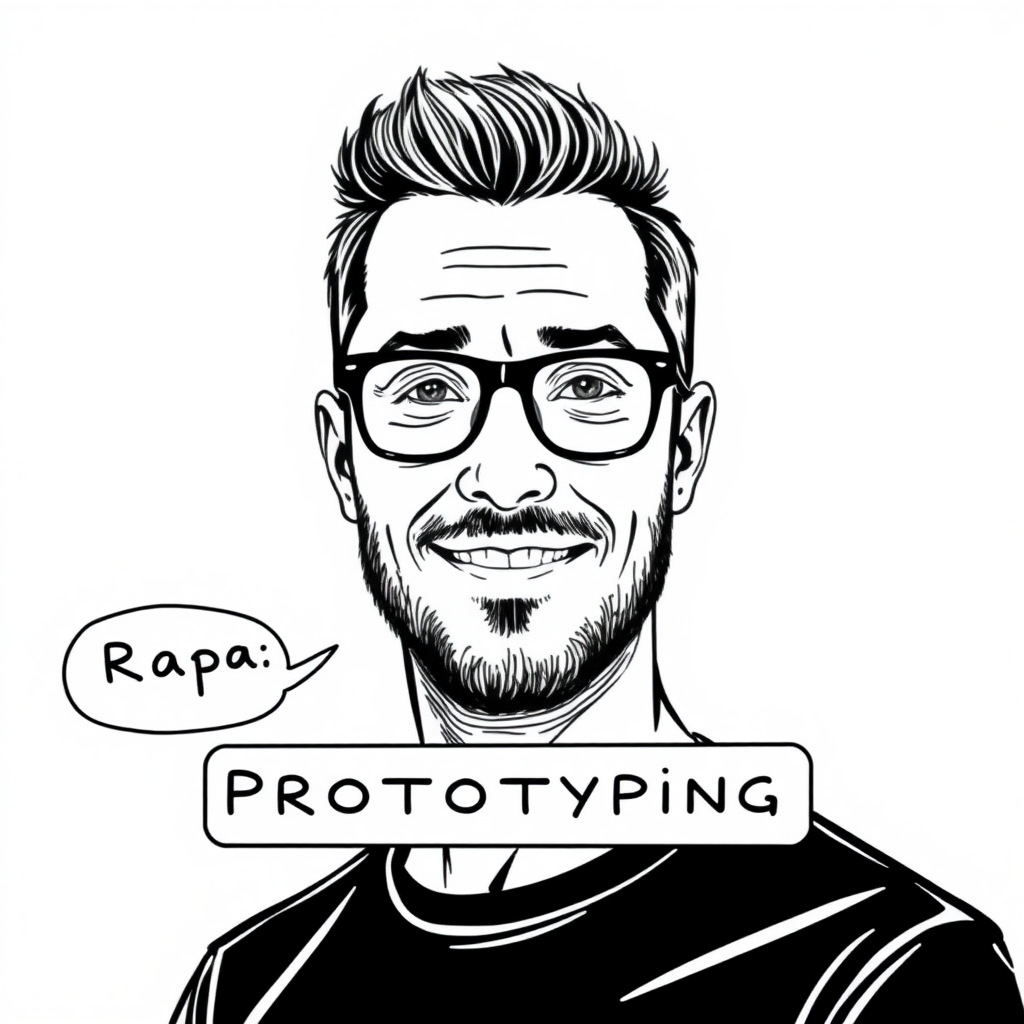
The Rapid Prototyping Role
The Rapid Prototyper puts together the flows into prototypes. Those can be both Low-Fidelity and High-Fidelity Prototypes. Depends on the stage of the Product Discovery.
Traditionally, the Rapid Prototyping role was filled by an engineer in every team. Figma has changed this, as prototypes can be built with their product. For those, who choose to fill the role with an engineer, make sure to explain to them that the prototypes they build are throw-away and only for testing purposes.
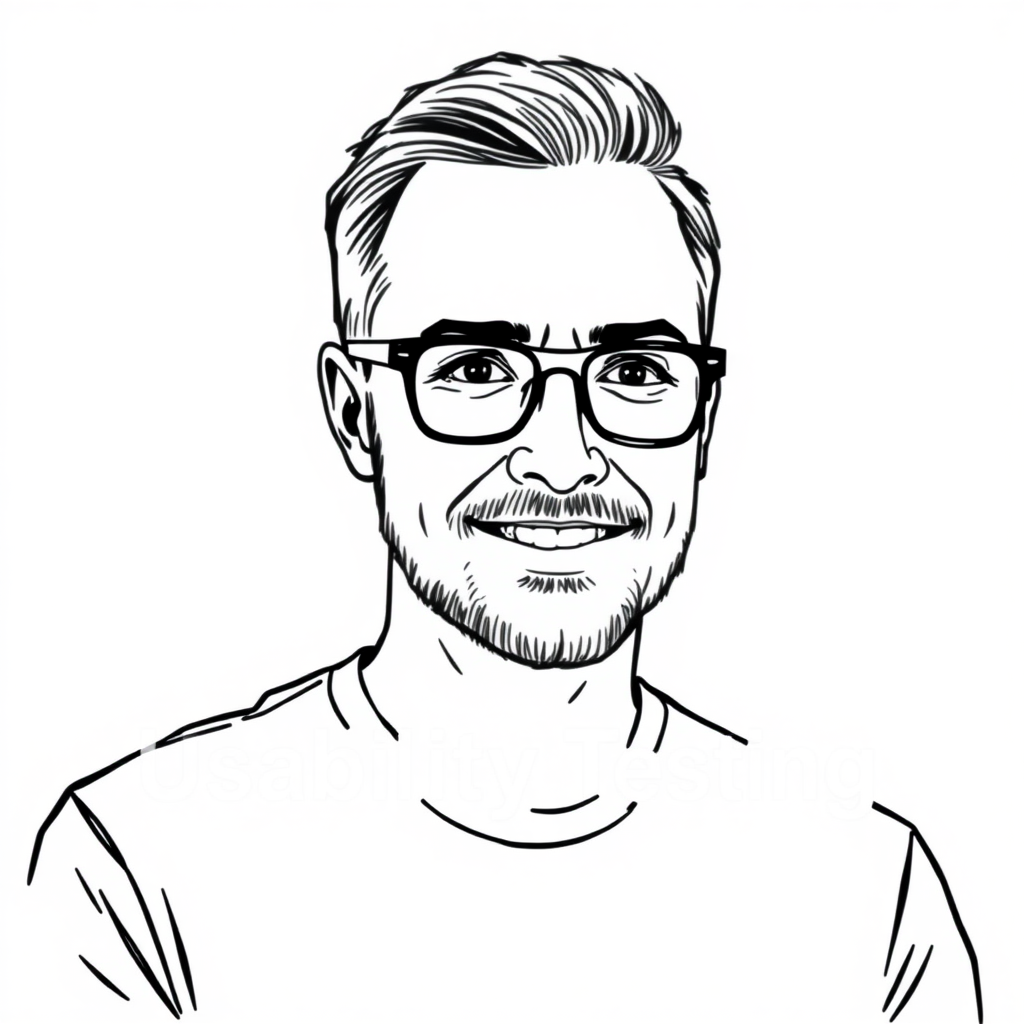
The Usability Testing Role
The Usability Testing should be done either by the product manager, or the interaction designer. They should first test similar products (competitors solutions) to validate the need for the product exists. Then they test with a wireframe for the navigation, wording and page layouts.
Once the messaging resonates with the target users, the visual designer puts flesh to the wireframes. Then, the product manager and/or the interaction designer do Usability Testing with the Low-Fidelity Prototypes.
The prototypes are iterated upon based on the feedback received, and the process repeats until several successful rounds of Usability Testing. A successful round is one that results in validating the prototype is both usable and valuable, especially if the test subjects ask for early access!
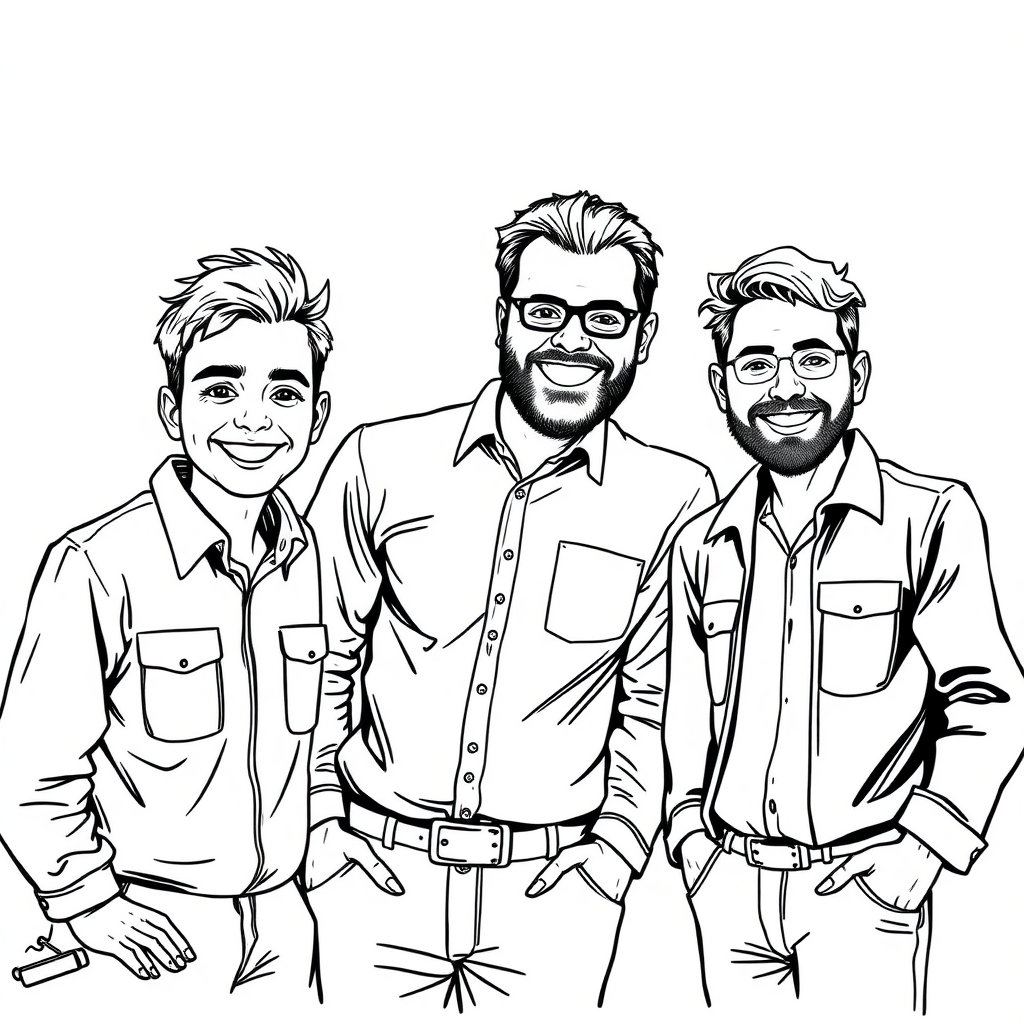
Lean Team Composition And Roles Distribution
The 5 product team roles mentioned above are all you need to go through the Product Discovery phase, where every product team should start. Notice that thanks to Figma, you can do that without a Software Engineer before the Product Development phase.
Certainly, you are going to need an engineering team once the Product Discovery finds a valuable and usable product. The Product Discovery ends when the team has a High-Fidelity Prototype, which then serves as the MVP of the product to be built. Then it all comes down to making decisions of which roles to outsource, and which to hire. The roles remaining are Engineering, Project Management, QA, Product Marketing, Sales, Site Operations.


Leave a Reply